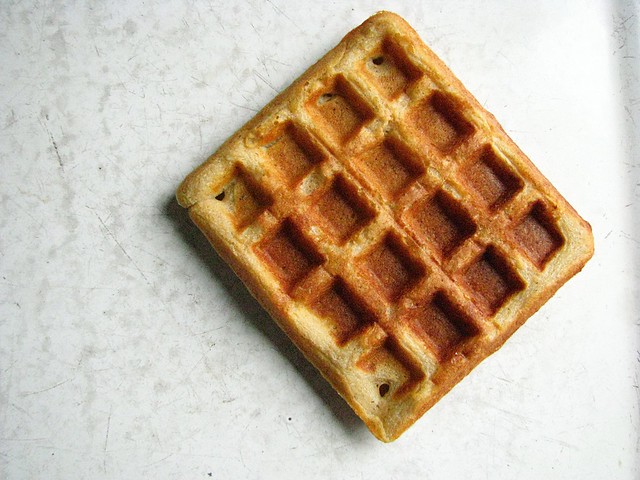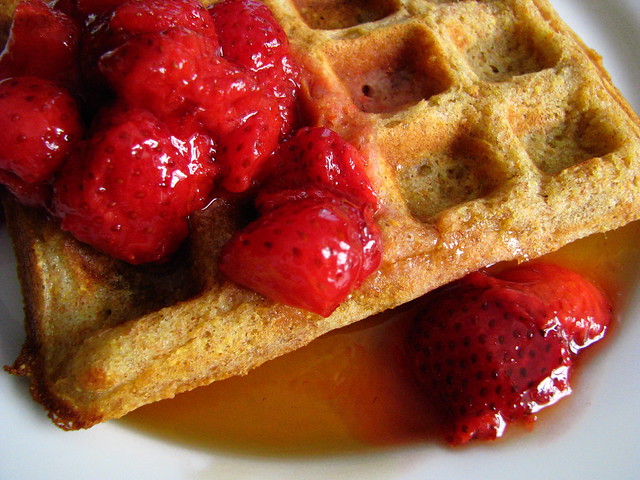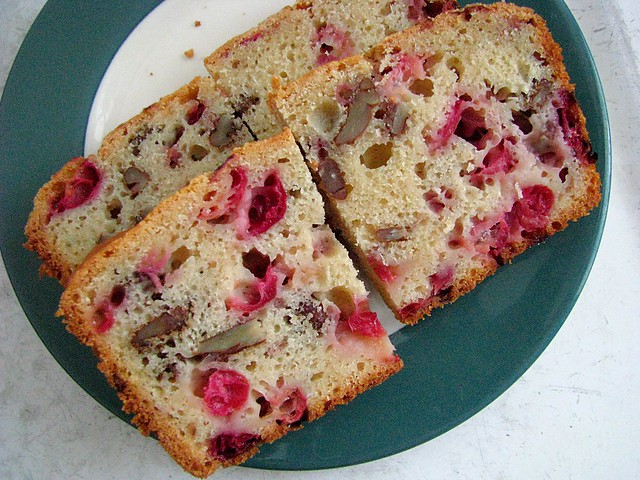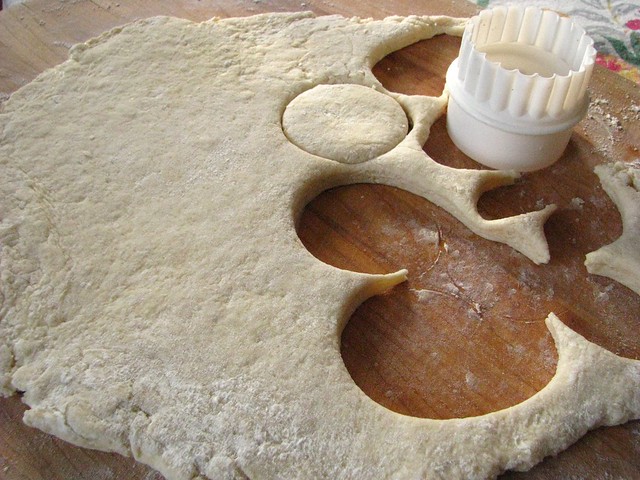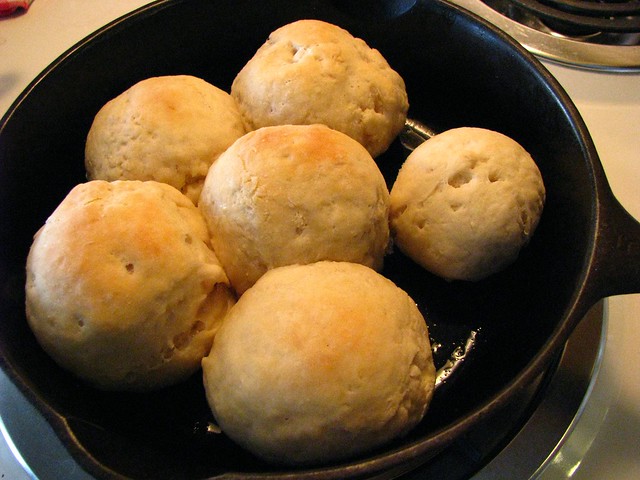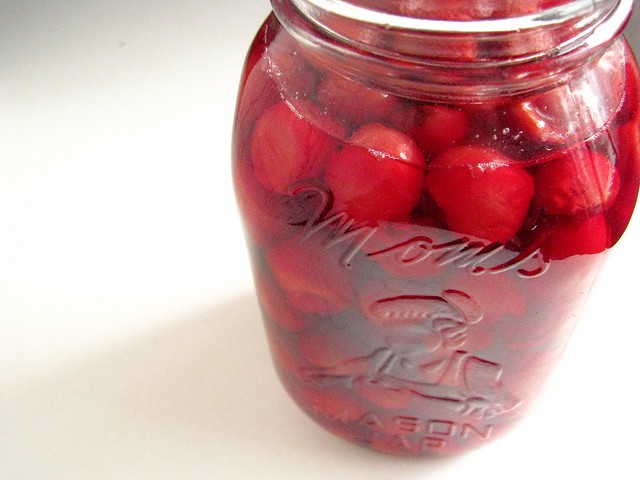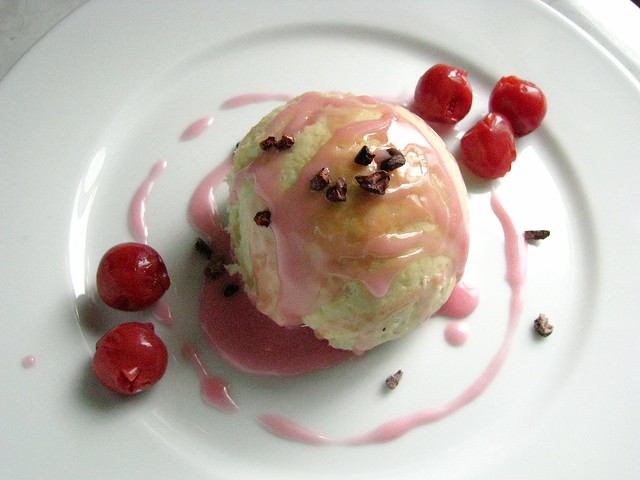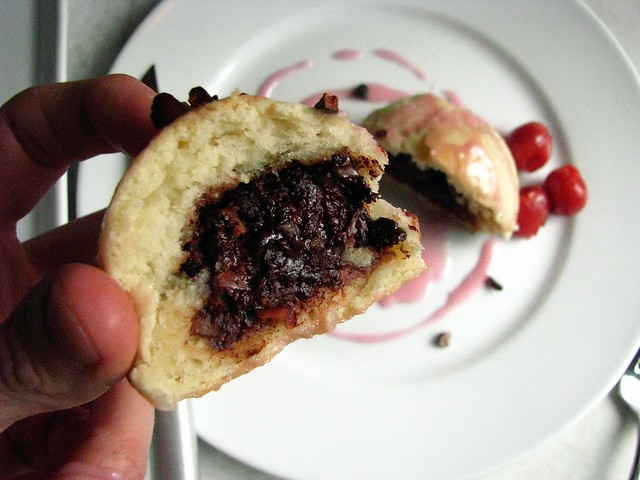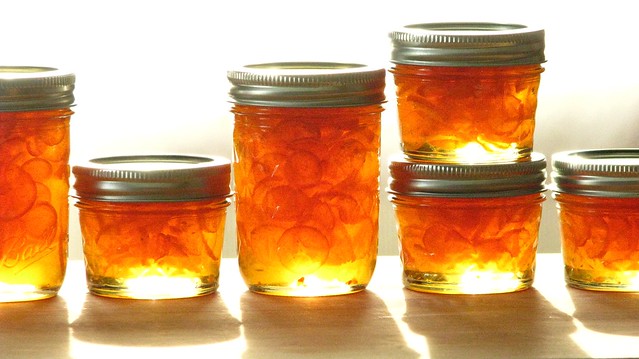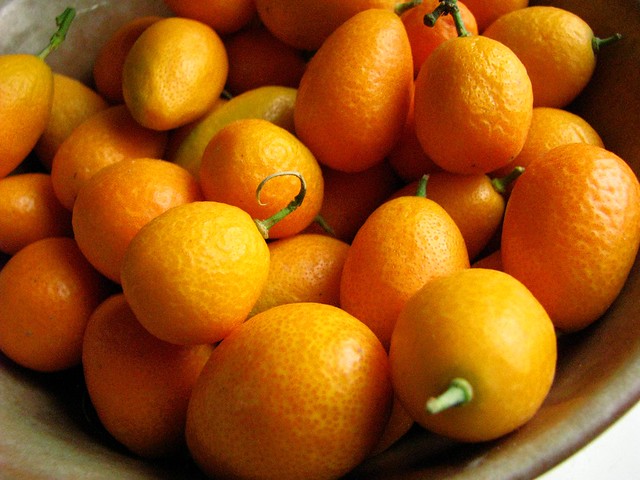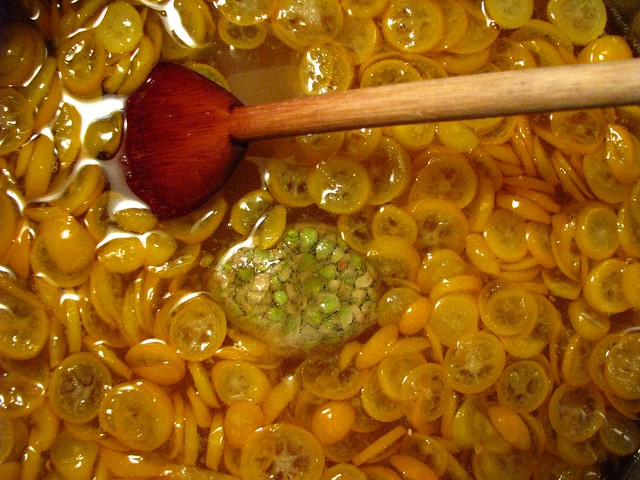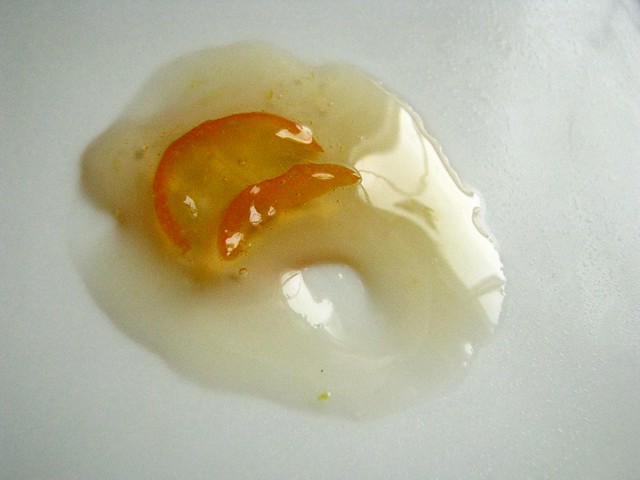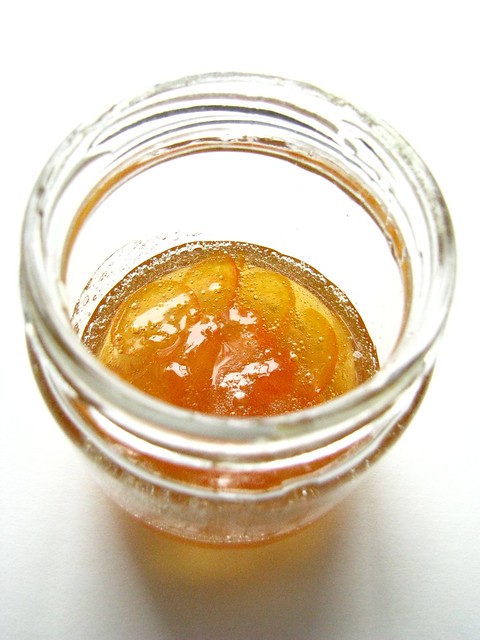There is a gentle hum in my house. For a whole week now. I hear it if the radio happens to be off, and when if I'm drifting off to sleep. It's the relaxing white noise belonging to my dehydrator, that in my mid-century home I can hear perfectly well even though I've given it a proper set-up and privacy in the basement.
On the heels of recent wheat sprouting, I rented a new raw food cookbook from the library:
Living Raw Food by Sarma Melngailis. I read the whole thing nearly immediately, and even though I am not raw or vegan (or both simultaneously), I took particular delight in the array of foods presented, and the quality of the desserts and snacks and their lack of refined sugars.
Raw "cooking" is just plain fascinating to me. Not only does it require a few technical, specialty appliances that I actually now have, it is thought provoked, true slow food that begs days of waiting, monitoring, peeking and tasting. It is all about the end products that taste better than you hoped for, and are worth each moment of anticipation - and it's pure excitement in the knowing that what came from the long wait is probably at least a little healthier for you in the long run.
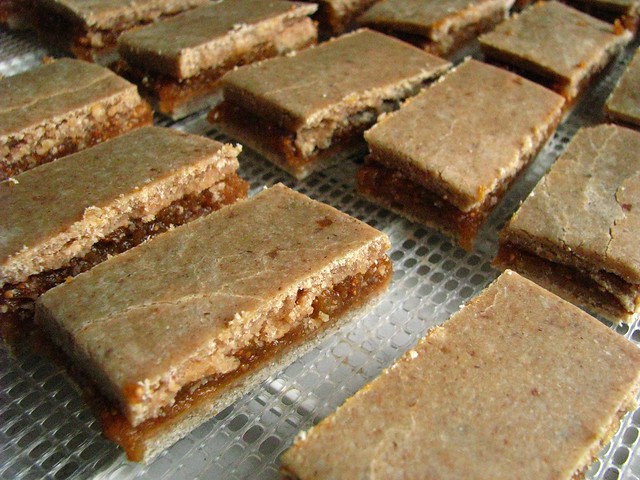
Part of my obsessing with grain-spouting lately is the Kiddo. I know I'm a food person and concentrate on such things, but I worry about his diet. He likes fruit, but not many vegetables, he prefers all starchy carbohydrates and snacky-type foods to proper meals if given the choice, and sometimes stubbornly just refuses to eat dinner if it contains something he doesn't like. I guess I figure that I have time in this bleak part of the year to do such things as sprout wheat, dehydrate it, and then grind it fresh before using it. It tastes better, and the Kiddo's digestion is probably helped out a little bit too.
When I came to the fig bars in Sarma's book, I immediately set out to sprout some oats - not realizing that most oats are not sproutable since the outer hulls are usually removed. I was attempting it on co-op bulk bin oats groats, so I gave them three days of monitoring and rinsing before I gave in and just dehydrated them. (Sarma instructs to just soak them for 6 hours or longer at room temp before dehydrating them and grinding them into flour.) That turned these little Fig Newton-type bars into a 5 or 6 day process from start to finish.
These beauty bars are sweetened only with date and fig pastes easily made by soaking dried fruit in water to fatten it up, and then sending it on a trip through the food pro with enough soaking water to approximate jam consistency. I also learned something about figs, that they are essentially inverted flowers and they have the highest mineral content of all common fruits. According to Sarma, they are high in potassium, calcium and iron, as well as having a good amount of vitamin C and fiber. More good reasons to hope my Kiddo liked them!

Now, when it came time to assemble these, I won't lie that my kitchen did not erupt into a mess of godzillic proportion, but that definitely would not stop me from making these again. I did half the recipe too since I was unsure of what I was doing and if it would be appreciated - but next time I'll make the full amount. These are dried out after all, and when storing them air-tight, I think they'll have a fairly long shelf life.
Sarma also calls for an ingredient I've never used before, maple syrup powder. I think it would be possible to dehydrate maple syrup and arrive at a usable result, but frankly I didn't have time for all of that. (Maple syrup is arguably not raw either if you are keeping track.) I substituted it with a little actual maple syrup, and everything turned out just fine. This was the first dehydrated adventure of such proportion for me, and I just went ahead and substituted as if I've been raw "baking" forever. It worked for me.
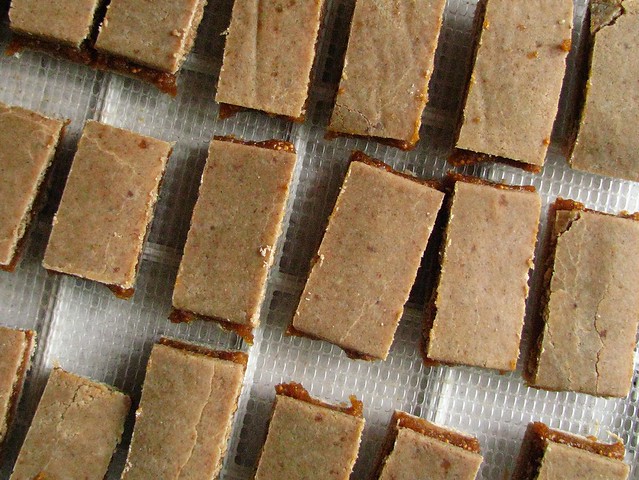
Before I started these, I read through quite a few message boards concerning raw vegan desserts and discovered that most people feel that these types of desserts are on the sweet side. I took that into consideration when reducing the amounts of dried fruit that I used for the filling. The amounts listed are for 32 bars, double everything for 64 bars. Have all of the ingredients ready before beginning. Soaking the dried fruits and turning them into pastes can be done a day or two in advance, and the oats soaked, dehydrated and turned to flour at your convenience. Trust me, all the advance work is worth it.
Raw Vegan Fig Bars (adapted from Sarma Melngailis)
- 4 c. oat flour (see note below)
- 1/2 t. RealSalt (fine salt)
- 1/4 c. coconut oil, warmed to soften
- 1/2 c. maple syrup
- 1 T. vanilla
- 3/4 c. date paste (see note below), divided
- 2 c. fig paste (see note below) (use the recommended 3 c. of fig paste for figgier bars)
To make the dough, mix oat flour and salt in a large bowl. Mix the coconut oil, maple syrup, vanilla, and 1/2 c. of the date paste together, and add to the flour/salt mixture. Mix thoroughly, it will feel like a soft dough, like a pie dough. If it is too dry, add water to correct.
To make filling, in a separate bowl, mix remaining date paste with fig paste. (Sarma calls to add 1/4 c. of agave to the filling, but I found the consistency to be ok with just a little water, and I didn't want to add any additional sweetener since I feel dates and figs are both pretty sweet. You can add some honey or agave if you like - and include a pinch of salt to taste.) It should have a jam-like consistency, not liquidy at all.
Cut two pieces of parchment paper that are about the size of your dehydrator screens. Divide the dough into 2 pieces, and press/roll each into an even layer. Make each sheet as close to the same size as possible. With a knife, cut one of the dough layers into 4 uniform rectangles. (This will be the top layer, cutting makes it easier to pick up without breaking.) Sarma says to freeze for 10 minutes to make it easier to handle, but I had no trouble using it right away.
Spread the fig mixture evenly over the dough layer that is not cut. Carefully place the 4 rectangles you cut from the top piece of dough over the top. Place the whole thing, on the parchment paper, on a dehydrator screen and dehydrate at 115 or less for 6 hours.
Remove from dehydrator, carefully flip the whole thing onto another piece of parchment-lined screen and peel off the bottom layer of parchment. Put it back into the dehydrator and keep dehydrating for another 6 hours.
Remove from the dehydrator, (move the parchment off of the dehydrator screen), and cut the dough into bars. Cut each quarter into 8 bars, to equal the 32 bars. Carefully transfer the bars individually to the dehydrator screens, and dehydrate for 10-12 hours longer until done.
NOTES:
To make oat flour, soak oat groats in water for at least 6 hours, drain and rinse well, dehydrate and grind in a VitaMix or grain mill.
To make date and fig pastes, soak the dried fruits for at least 2 hours in water at room temperature. (Separately, of course.) In the case of the figs, first cut off the hard stems. Drain and reserve the soaking water. Transfer to a food processor and mix, adding back the soaking liquid 1 T. at a time until it is the consistency of thick jam or butter.
This was the type of project that had more than one opportunity for me to wake up in the night and attend to it. I didn't choose to do this. I just let the bars sit until I woke up naturally to continue attending to them. You can of course, plan ahead to adjust for timing - but I don't think it's crucial. The fig bars are really done when you are happy with the texture, since all of the ingredients are able to be eaten in their raw states. You can't mess them up!
We loved these bars. My picky kid loved these bars! He was lobbying eating his whole dinner to have one for dessert afterwards, so I think they more than fit the criteria I was hoping for. They taste better than Fig Newtons, and better than the butter laden homemade versions of fig bars I've made in the past. I was so excited, I bought a couple pounds of buckwheat, sprouted and dehydrated it, to get started immediately on my next raw vegan dessert.

As I write on this cold, sunny, Saturday afternoon, the gentle hum of the dehydrator keeps me company as a wholesome buckwheat Rice Krispie variation makes its way to done. I had never had a buckwheat berry before, let alone a sprouted and dehydrated one. It is better than a Krispie for sure, and so is the marshmallow-reminiscent binder of young Thai coconuts, coconut oil and other things that I tweaked so much I'm glad I wrote them down. I could have just eaten it by the bowlful, but I'm glad I formed them into bars and have the patience to wait until another day. I'll have the fig bars as company until they are ready.

Apologies to Sarma for substituting up her awesome recipes. Great Big Thanks to the Milwaukee Public Library for their continual purchase of stellar cookbooks. This is a book that I'll have to purchase, if only for the desserts alone. Not that I won't be trying many other things in the savory veins. I'll stop myself from immediately running out to look for oyster mushrooms, but probably not for long. Then a long-planned dinner may be arriving on my table, at home in the din of dehydrating grains, percolating sourdough starter, and all the other things that somehow easily become obsessions to me.







